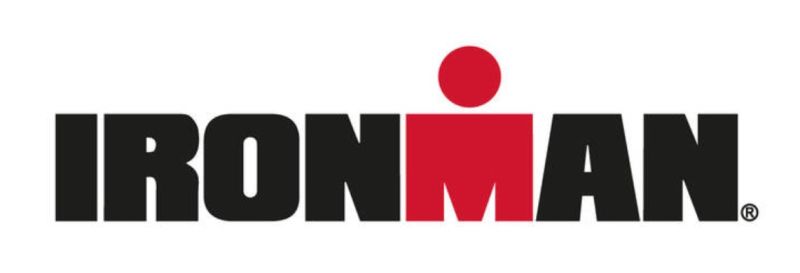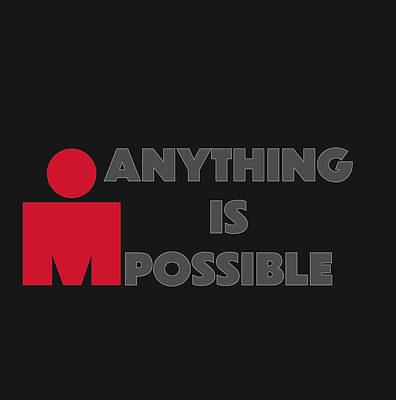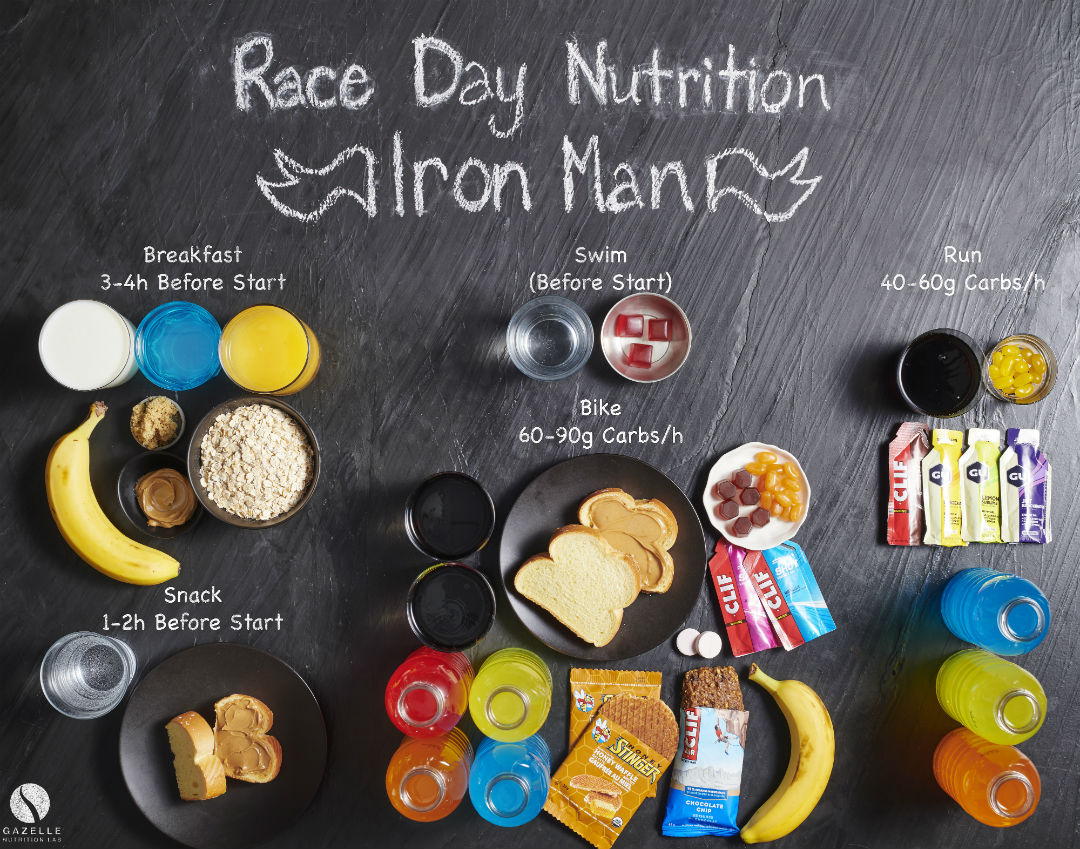What is a Triathlon?
If you’re reading this, you probably fit into 1 of 2 categories: The “I know what an Ironman is, and I’m curious about how to train for it” or the “What even is a Triathlon and isn’t an Ironman a Marvel Superhero?”. Regardless, I’m here to clear the air and explain!
Firstly, a Triathlon consists of 3 events: Swim, Bike, and Run. These events are completed in that exact order and will have transition zones between them for the participants to change their clothes, hydrate, take a small break, etc. The distances required to complete each event will differ depending on the type of Triathlon you choose and vary from location to location. Each of these Triathlons will also have a time cut-off, so you will need to complete the race by then; you can usually find the times on the race website. I’ve listed the categories with their typical distances below:
Sprint
- Swim 400m
- Bike ~10 miles
- Run 5k (~3 miles)
Olympic
- Swim 800m-1600m (1 mile)
- Bike ~20 miles
- Run 10k (~6 miles)
Half Ironman
- Swim 1.2 miles
- Bike 56 miles
- Run ½ Marathon (13.1 miles)
Ironman
- Swim 2.5 miles
- Bike 112 miles
- Run Marathon (26.2 miles)
Completing any one of these races is a huge accomplishment and can be a ton of fun when you have supporters cheering you on!!

What is an Ironman?
As listed above, the distances to complete an Ironman involve a 2.5-mile Swim, a 112-mile Bike, and a 26.2-mile Run (Marathon). The distances alone can be daunting to even imagine, but adding in the time cut-off of having to complete it all in less than ~17 hours makes it feel nearly impossible to achieve. BUT IT CAN BE DONE!! Something I find awesome is that Ironman’s motto is “Anything is Possible,” which is entirely true about this race if you give yourself enough time and effort to train.

How can I start training for an Ironman Triathlon?
If doing an Ironman is something you want to do, the first thing you need to do is COMMIT! Sign up for any of the events coming up and plan accordingly. Depending on your fitness level will determine how much time you should give yourself to train. When I signed up for the race in Maryland this year (September 16th, 2023), I registered in October of 2022 (almost a full year before the race). This gave me plenty of time to plan out my workouts and gave me confidence that I had enough time to get myself ready, but again, it depends on the individual.
If it is your first Ironman (or maybe even first Triathlon if you’re NUTS), a bike is one of the most important things to purchase. Investing in a good bike will do wonders for you during training and make a massive difference come race day. If you have a regular mountain bike or hybrid bike, I would STRONGLY encourage you to consider upgrading to a road bike. Most road bikes will have either aluminum or carbon fiber frames. Aluminum is a much cheaper option, but is heavier and will likely slow you down and require more energy. Carbon fiber is much lighter and aerodynamic, which makes you faster and more efficient, but it can be costly. As an anecdotal example, a good aluminum bike might cost ~$1-3,000, whereas carbon fiber bikes can cost anywhere from $5,000 to more than +$15,000 (yes, 15k!!!). Another purchase to consider is a good wetsuit for the swim, but if water temperatures during the Ironman are above 83.8 degrees Fahrenheit, you will not be permitted to wear one, so be wary of that.
Next is to plan out your workouts. I used an app called Training Peaks and bought a program that worked for my schedule from a Triathlon coach named Phil Mosley for around $80-100. When planning your program, consider that you will be training for 10+ hours each week. Here’s an example layout of what a typical week looked like for me in the middle stages of my training program:
- Monday: Speed/Power work on Bike (60 min)
- Tuesday: Swim (~45-60 min)
- Wednesday: Run (60 min)
- Thursday: Swim (~45-60 min) w/ Optional Bike after (45 min)
- Friday: Rest
- Saturday: Long Distance Bike (3-4 hours)
- Sunday: Long Distance Run (1-2 hours)
Total Time ~8-10 hours for the week
You’ll notice that the majority of the time/duration of training is largely performed on the weekend to accommodate for work schedules. Because of this, bear in mind that there will be sacrifices on weekends to get these workouts done (i.e., missing out on late nights, joining weekend brunches, not going away on weekends, etc.). To have productive weekend workouts also means you will have to get to bed at a decent time the night before and avoid foods/drinks that will disturb your sleep or affect how you feel in the morning (i.e., Alcohol the night before). Getting to the Ironman in good shape IS the hardest part, but the reward is showing up on race day feeling confident and ready to complete it while being able to ENJOY it and not solely suffer the whole way through.
What do you eat for Ironman Training?
Of course, no post about Triathlon training is complete without mentioning nutrition. We should eat a healthy diet of whole, non-processed foods as a way of general health and wellness. It’s important to note that you should also take into account that you’ll be burning a lot more calories than previously due to the intense training, so it’s important you figure out how many calories you should eat by either going to a nutritionist or doing the math yourself. When it comes to training sessions, you should also experiment with gels, electrolyte drinks, and foods to find what helps keep you moving without upsetting your stomach. During training and the race itself, I ended up drinking a lot of my calories. I resorted to using a supplement I love called Vitargo, a carbohydrate powder you mix into your water (Grape flavor is my fav). But things like Gatorades, honey stingers, Clif bars, Gels, Salt tablets, and even Cookies or Coca-Cola are all up for grabs so long as they help you perform and your stomach does not get upset.

This really is just scratching the surface on what to know and how to prepare for an Ironman. Some research on your end will need to happen to determine things like “what size should my bike frame be?”, “What shoes should I wear?”, and “How do transition zones work?”. It is a lot of information to take in and the task at hand is daunting, but I promise you, you CAN do this if you COMMIT and are DISCIPLINED throughout your training. Remember the Ironman motto: ANYTHING IS POSSIBLE!!
